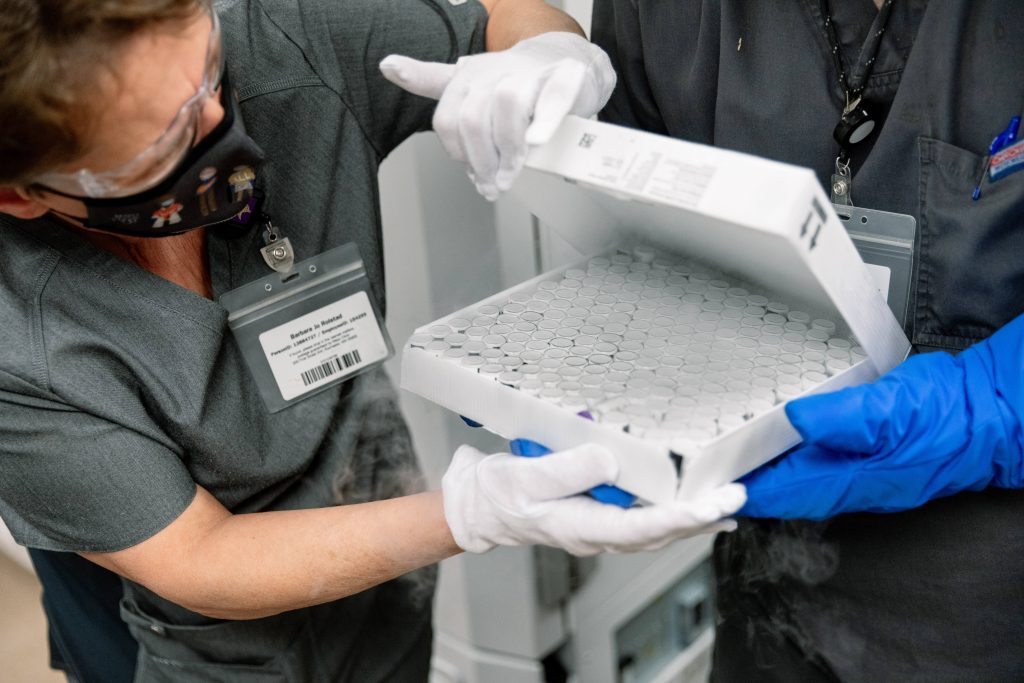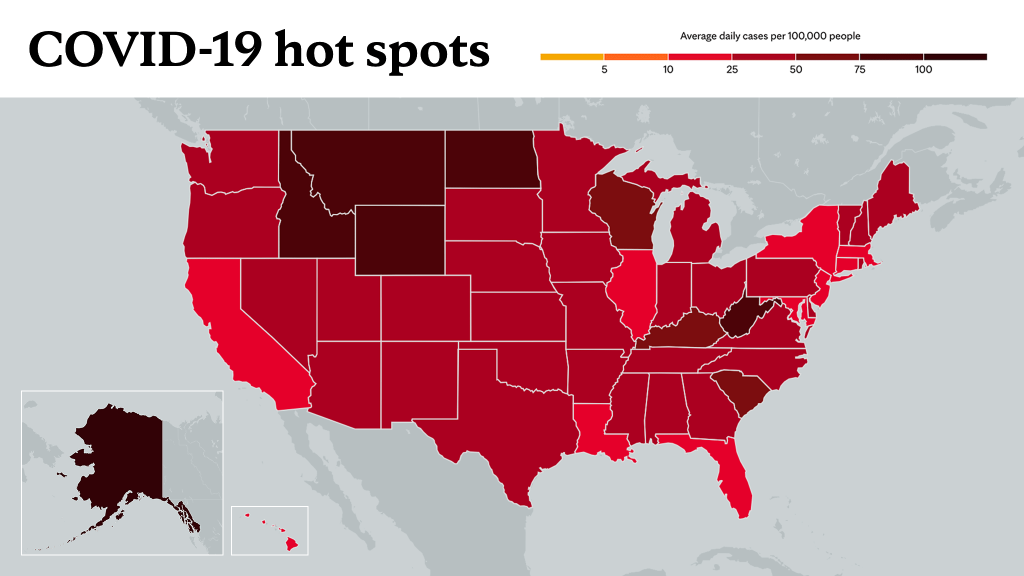
Q: How can I be expected to trust the safety of the COVID-19 vaccine when it was developed so rapidly?
A: We hear this question frequently, and we can understand how it may seem like the development of the vaccine was quick.
The speed was a result of many pharmaceutical companies simultaneously investing significant resources into quickly developing a vaccine because of the world-wide impact of the pandemic. The emergency situation warranted an emergency response, but that does not mean that companies bypassed safety protocols or adequate testing.
"Mayo Clinic only ever recommends the use of vaccines that we are confident are safe," says Martin Herrmann, M.D., medical director of Mayo Clinic Health System in Waseca and New Prague.
Take the development of the Pfizer vaccine, for example. This vaccine developed by Pfizer/BioNTech was initially studied in approximately 43,000 people.
To receive emergency use authorization, the biopharmaceutical manufacturer must have followed at least half of the study participants for at least two months after completing the vaccination series, and the vaccine must be proven safe and effective in that population.
In addition to the safety review by the FDA, the Advisory Committee on Immunization convened a panel of vaccine safety experts to independently evaluate the safety data from the clinical trial. Mayo Clinic vaccine experts also reviewed the available data.
The safety of COVID-19 vaccines will continue to be closely monitored by the Centers for Disease Control and Prevention (CDC) and the FDA.
Mayo Clinic Health System consists of clinics, hospitals and other facilities that serve the health care needs of people in Iowa, Minnesota and Wisconsin. The community-based providers, paired with the resources and expertise of Mayo Clinic, enable patients in the region to receive highest-quality physical and virtual health care close to home.
________________________________________
Information in this post was accurate at the time of its posting. Due to the fluid nature of the COVID-19 pandemic, scientific understanding, along with guidelines and recommendations, may have changed since the original publication date.
For more information and all your COVID-19 coverage, go to the Mayo Clinic News Network and mayoclinic.org.
Learn more about tracking COVID-19 and COVID-19 trends.








